Animal Life news stories
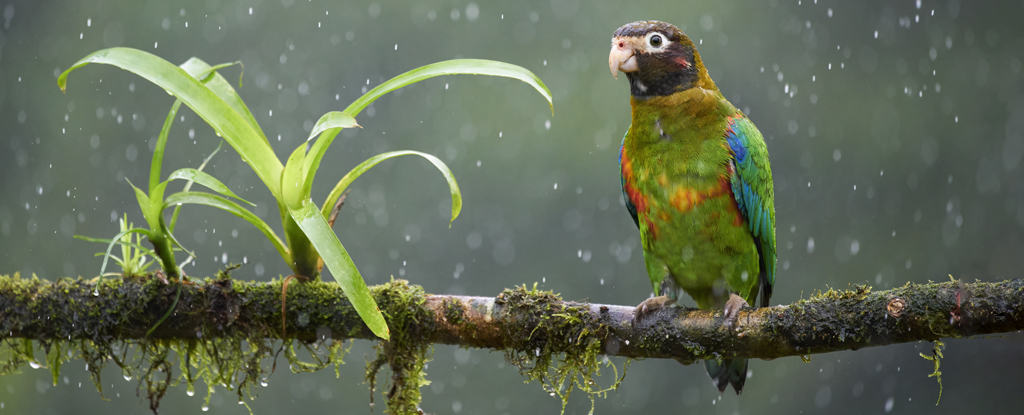
Earth’s largest remaining tract of tropical rainforest is kept alive by a complex water cycle that we’re only just beginning to understand. Yet our activities are changing it before we can see the full picture, a new report finds.
New research led by geologists at Western Australia’s Curtin University provides evidence that fresh water emerged on Earth about 4 billion years ago – half a billion years earlier than previously thought. The study is published in the journal Nature Geoscience.
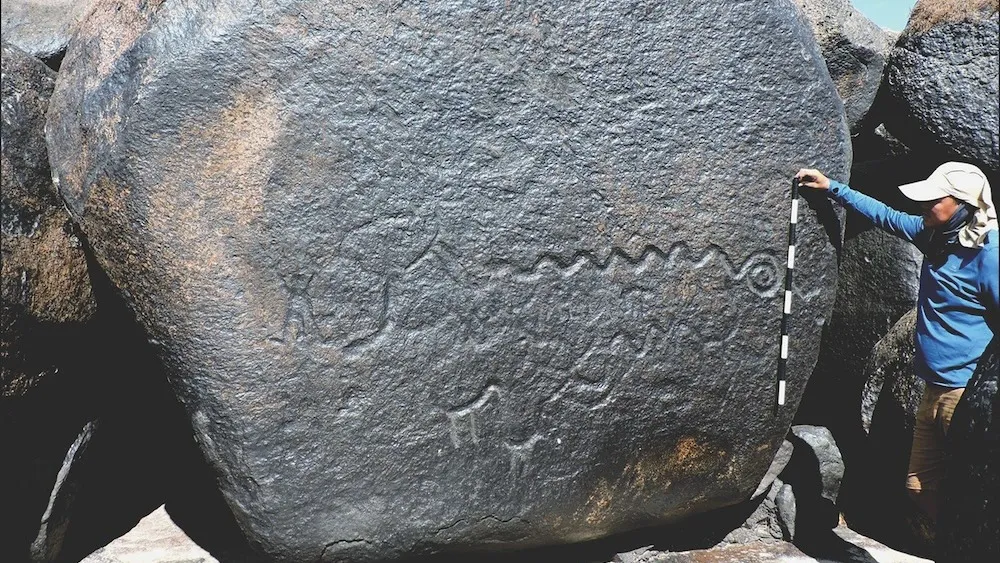
Archaeologists have fully mapped a series of ancient rock art in Venezuela and Colombia, including the world’s largest monumental engraving, using photography and drone footage. The study was published on Tuesday (June 4) in the journal Antiquity.
New research published in the journal Science Advances might explain the Earth-shaking processes that led to the end-Cambrian mass extinction.

Despite decades of study, this Ice Age mystery remains unsolved. Researchers simply don’t have sufficient evidence at this point to rule out one scenario or the other—or indeed other explanations that have been proposed (e.g. disease, an impact event from a comet, or a combination of factors)… A new work published in Frontiers in Mammal Science set out to address this information deficit.
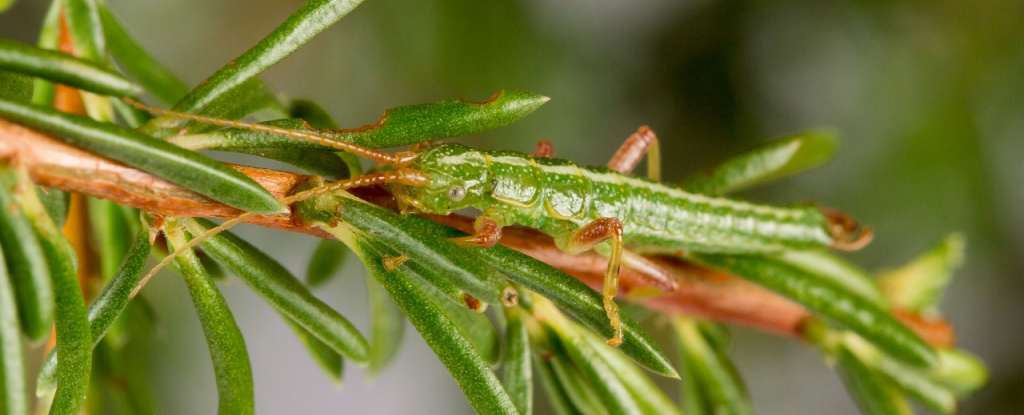
A new study of stick insects suggests that evolution may sometimes repeat itself in a predictable manner, which could help our understanding of how organisms may change in response to selection pressures. The study has been published in Science Advances.
At some point hundreds of millions of years ago, dinosaur scales evolved into feathers. New research published in Nature Communications might help explain how and when that transition occurred.
The first dinosaurs to have a warm-blooded metabolism might have emerged 180 million years ago during the early Jurassic period, according to a new study. New research published in the journal Current Biology might have answered that question.
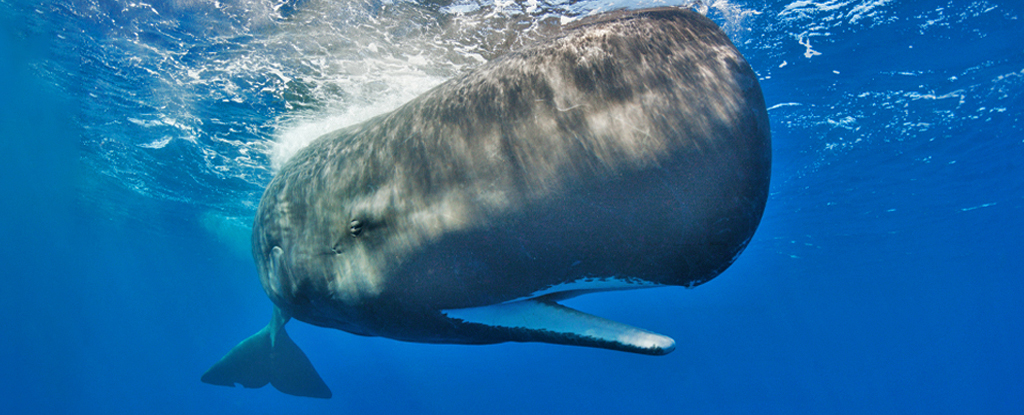
A recent analysis of a sperm whale’s vocalizations suggests variations in ‘clicks’ represent a kind of alphabet that forms the basis of a complex communication system. This research was published in Nature Communications.

Researchers have observed a male orangutan treat a wound on his face with a plant that’s also used in human medicine. It’s the first time any wild animal has been seen caring for a wound using a natural substance with known medicinal properties, researchers report May 2 in Scientific Reports.
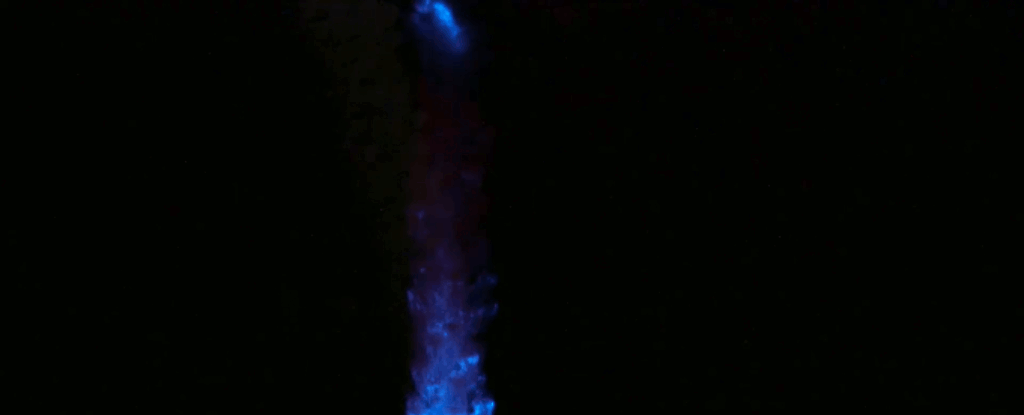
In the darkest corners of the planet, where the light of the Sun never touches, eerie glows can yet be found, illuminating the shadows. This is bioluminescence, a remarkable ability that has evolved separately at least 94 times throughout the history of life on Earth. See the study here.

Since the first Earth Day in 1970, the world has experienced profound ecological changes. Wildlife populations have decreased by 69 percent, the result of habitat loss caused by rapid industrialization and changing temperatures. 2023 was the hottest year on record.

Bees play by rolling wooden balls — apparently for fun. The cleaner wrasse fish appears to recognize its own visage in an underwater mirror. Octopuses seem to react to anesthetic drugs and will avoid settings where they likely experienced past pain. Nearly 40 researchers signed “The New York Declaration on Animal Consciousness,” which marks a pivotal moment, as a flood of research on animal cognition collides with debates over how various species ought to be treated.
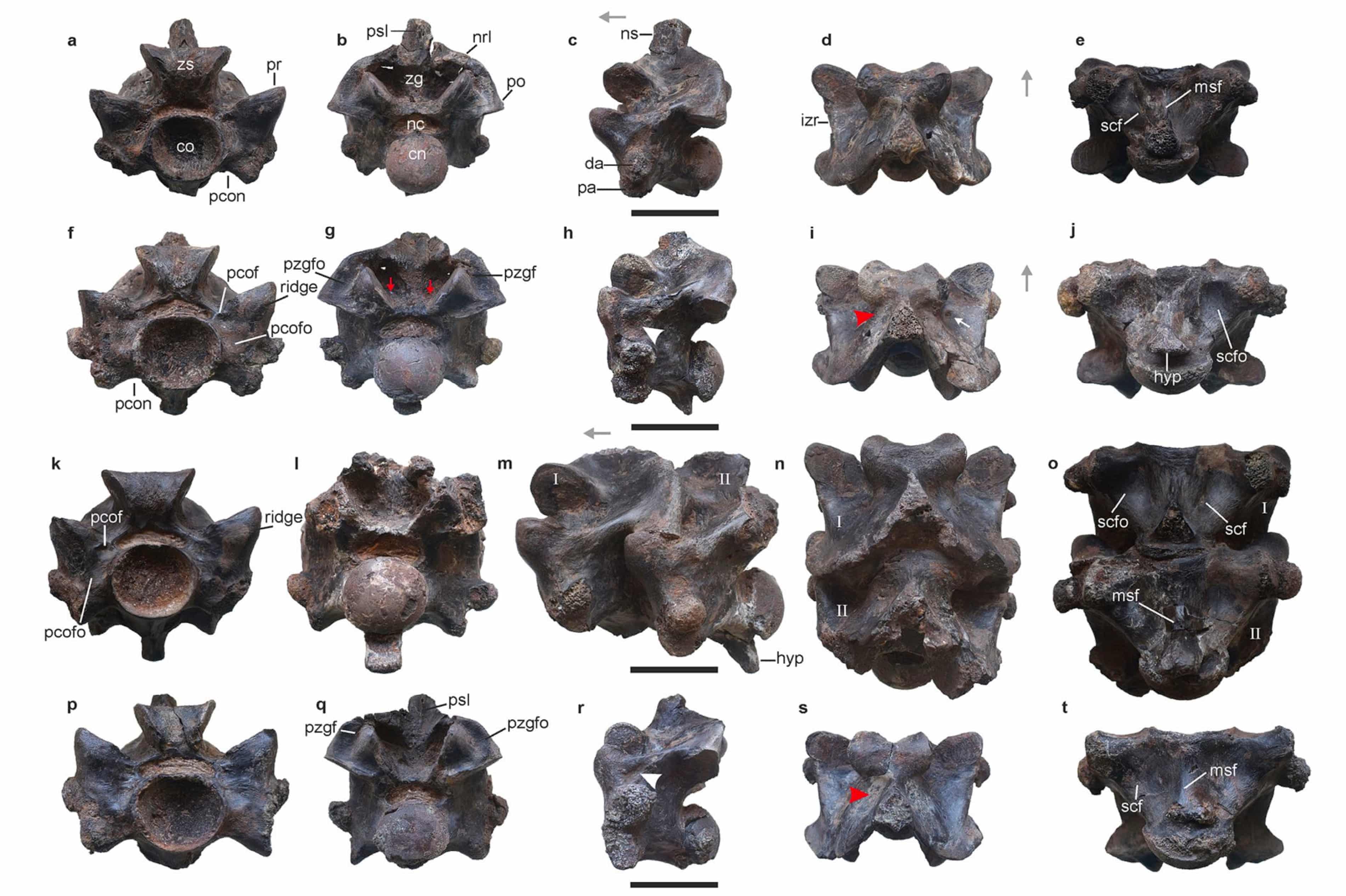
Fossil vertebrae unearthed in a mine in western India are the remains of one of the largest snakes that ever lived, a monster estimated at up to 15 metres in length – longer than a T rex. See the study here.
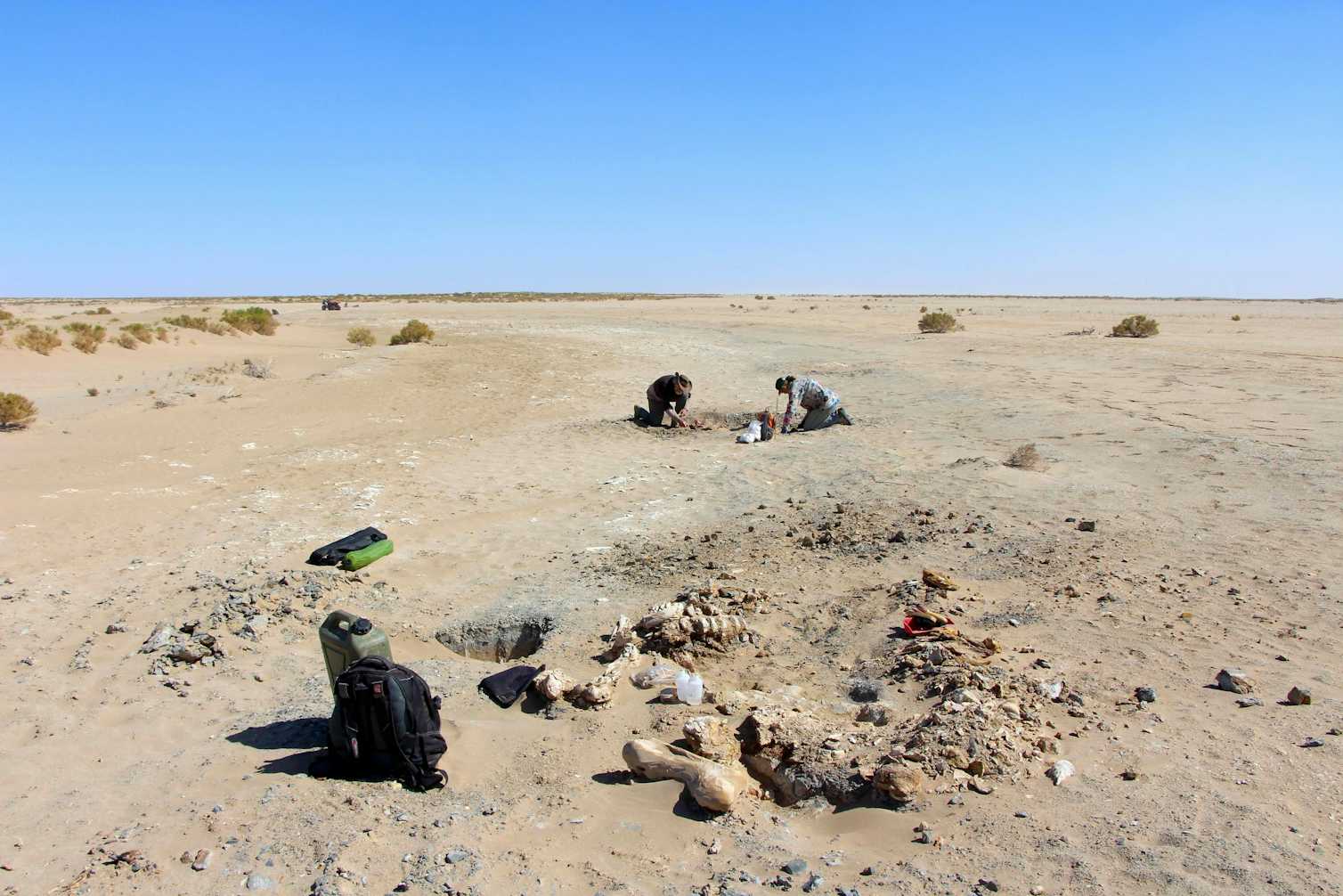
For millions of years, giant animals or megafauna roamed the lands that are now Australia and New Guinea. Many were like much larger versions of modern animals. There was a four-metre goanna called Megalania (Varanus priscus), for example, which likely ambushed its prey. This beast disappeared by around 40,000 years ago along with almost all the other megafauna aside from remnants such as the red kangaroo and the saltwater crocodile.
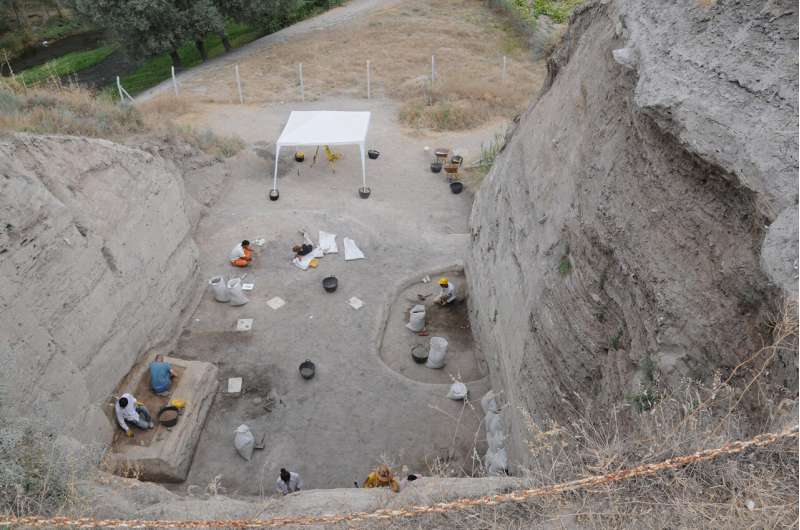
Modern Eurasian sheep predominantly belong to only two so-called genetic matrilineages inherited through the ewes, so previous research has assumed that genetic diversity must already have decreased rapidly in the early stages of domestication of wild sheep. A study of a series of complete mitogenomes from the early domestication site Asıklı Höyük in central Anatolia, which was inhabited between 10,300 and 9,300 years ago, disproves this assumption.








